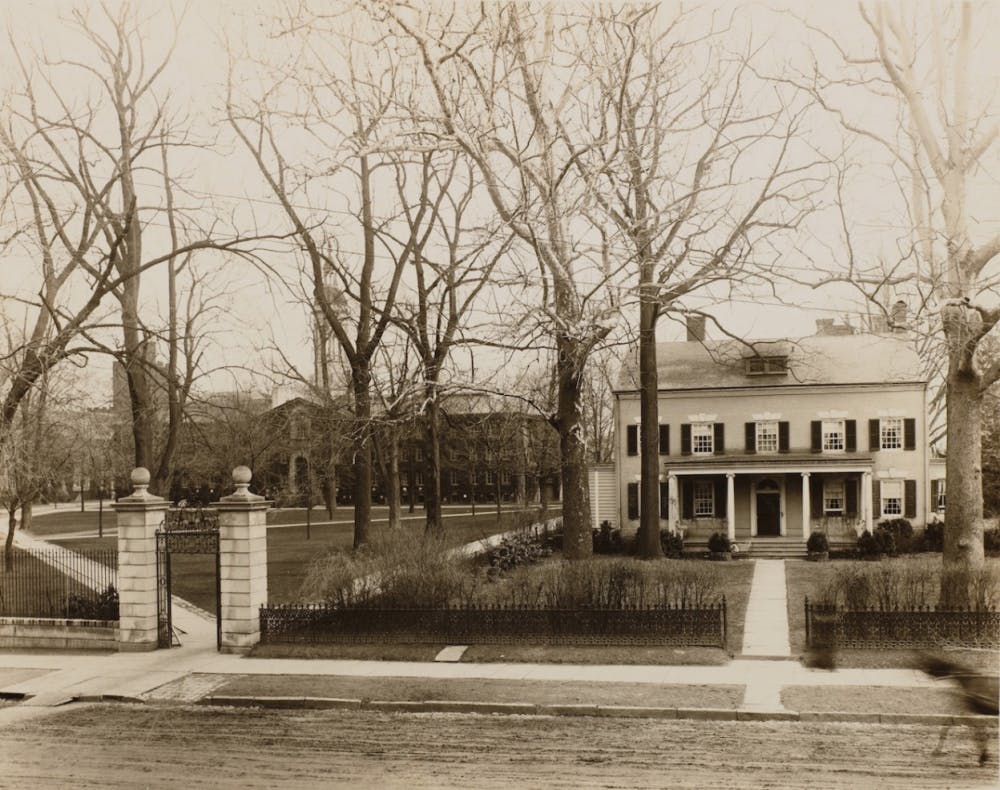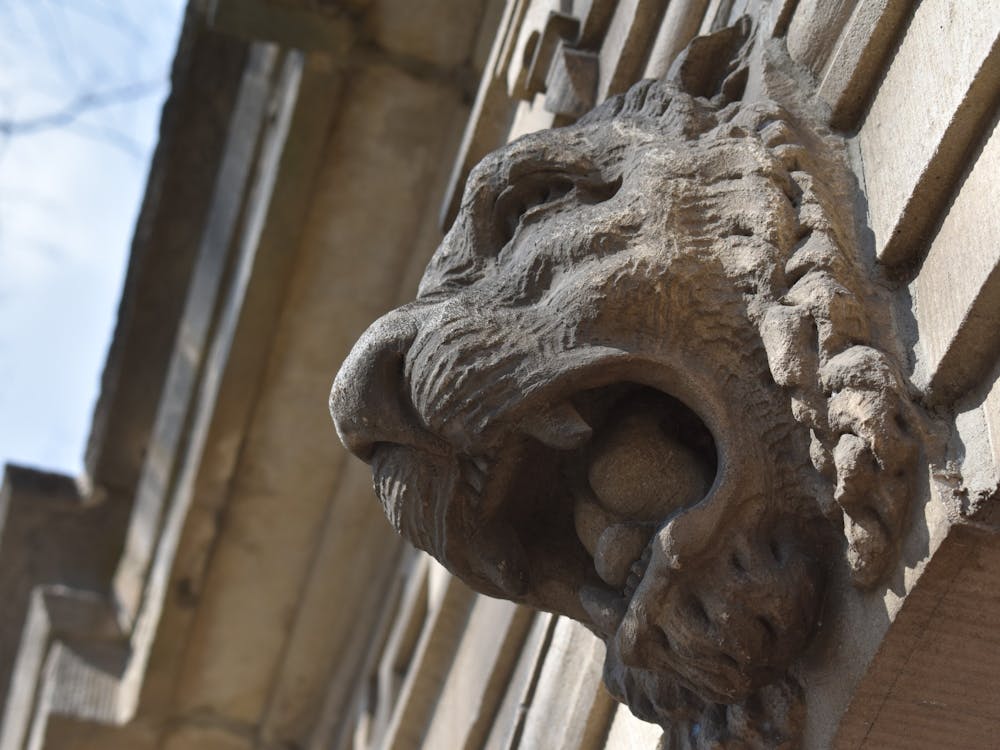Princeton University, and the country that grew around it, was constructed as a White supremacist institution. Following the extraordinary research done by the Princeton & Slavery Project, the University community was made aware of Princeton’s reprehensible exploitation of Black bodies. It is now time to act on what we know.
What do we make of the fact that Princeton’s first nine presidents all owned slaves? How do we best push forward, knowing that enslaved Black people owned by administrators were sold on the steps of the President’s House? We know that money earned from the institution of slavery went on to fund multiple professorships, construct buildings — including the home of the African American Studies Department — and make up a significant proportion of the endowment that built this University.
The John Witherspoon statue — whose plaque lauds the Constitution signer as a ‘Patriot,’ ‘Pastor,’ and ‘President’ — excludes the fact that he was a slave owner. That statue, which seemed deliberately aged and weathered, was erected in 2001. Recently, elite institutions nationwide have increased accessibility to low-income students of color, but the percentage of multi-generational Black-American students (i.e. descendants of American slaves) is falling (Ashly Nsangou & Lauren Dundes, 2018 and Massey et al., 2007). The public housing that once existed in Palmer Square was razed to make way for boutiques and beautification projects that complemented the University. Relations with the historically Black Witherspoon-Jackson neighborhood, a community formerly referred to as “N****r Lane” by Princeton students, are limited.
Should we leave these transgressions in the past, hoping that old wounds will scar naturally? Do we pat ourselves on the back now that the institution has made strides in representational diversity, provided generous financial aid, and established the Carl A. Fields Center for Equality and Cultural Understanding to be a home for minority students? It may seem we’ve come a long way since the Princeton of the past — when up to a third of students on campus participated in an attempted lynching of an abolitionist — but there’s work to be done if we wish to move past the blights of our shared history.
Today, the author Ta-Nehisi Coates will be visiting campus. His renowned article “The Case for Reparations” sparked a conversation that gave many Americans the opportunity to reflect on a fundamental question of U.S. history: How can this country ever heal from the deep wrongs inflicted on Black Americans descended from slaves?
A cursory glance at the state of Black America is telling: net worth, education levels, and governmental representation are far from parity with White America, and even some Black-identifying immigrants. Identifying this fact is not racist; it’s understanding the effects of systemic racism. Any observer of American history can trace the thread of slavery, the failed reconstruction, the segregationist state, discriminatory culture, and redlining policies to the state of modern Black America. If the world’s wealthiest university per capita, dedicated to the service of humanity, refuses to fully reckon with the impact of its actions, then where else to start?
Brown University changed iconography on campus to reflect its history with enslavement. Georgetown offered preferential status in admission to descendants of the enslaved Black Americans owned by the University. More locally, Nassau Presbyterian Church began paying reparations to the traditionally Black-American Witherspoon Presbyterian Church for past racist treatment, and the Princeton Theological Seminary has called for an assessment of its iconography in light of its role in American slavery. Though the work is not finished, they’ve demonstrated a commitment to parsing out what reparations could look like for those historically left out of the conversation. Importantly, these conversations were had alongside the very communities who have been most impacted by racist policies. It would be deeply saddening if the University is the last to move on the right side of history, especially when some of our peers have paved the way.
The Princeton Reconstruction Project is comprised of concerned students calling for an active Reconstruction of Princeton University — an intentional pivot from its roots as a White supremacist institution to one that reflects the current values it espouses. We begin by calling for an honest look at diversity among faculty and student populations (including multi-generational Black-American student admission); adjustments to campus iconography, tours, and materials; the inclusion of the Witherspoon-Jackson neighborhood in University deliberations that would impact the surrounding area; and further development of spaces that foster community for Black and Brown students. Real, democratic discussion will be needed to further articulate what this Reconstruction should look like. We invite you, students, faculty, and administrators, to an initial discussion on Tuesday, Dec. 11, at 5 p.m. in Campus Club.

Come be heard and hear from others on how we should grow as a community. We don’t have all of the answers, but we believe that these considerations are imperative to reconstructing Princeton as an institution that is oriented towards justice, inclusion, and community. We invite everyone to join in pushing Princeton towards the right side of history.
For further reading about reparations and the University, please see “Princeton’s case for reparations,” by senior columnist Ryan Born.
KiKi Gilbert is a sophomore from Charlotte, N.C. She can be reached at kiarag@princeton.edu.
Alejandro Roig is a sophomore from Franklin Park, N.J. He can be reached at aroig@princeton.edu.

Nathan Poland is a junior African American Studies major from Rockville, Md. He can be reached at npoland@princeton.edu.
Kalyn Nix is a sophomore from Wilmington, Del. She can be reached at knix@princeton.edu.








